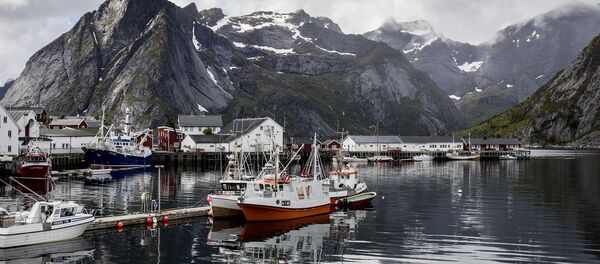“The changes are the largest in the summertime, but they are actually happening during all months of the year. I think the key things we really need to understand is, first, the natural climate variability and, second, changes caused by increased human activity. At thea current rate of carbon emissions of about 35 to 40 gigatons a year, we are estimating that the Arctic could become ice-free within the next 20 years,” Dr. Stroeve said.
“Also, by putting more fresh water into the world oceans and with the increased water discharge from rivers in Eurasia and North America would cause changes in ocean circulation. So all of these things combines could alter precipitation levels [resulting] in extreme weather events,” she emphasized.
“What we need to do [to avoid this] is to pressure the governments to move off the path of fossil-based economy to the use of more reusable energy. It is essential to mitigate [the impact of global warming],” she emphasized.
Learn more about this in today’s edition of Weekend Special with climate scientist Julienne Stroeve.
The views expressed in this article are solely those of the speaker and do not necessarily reflect the official position of Sputnik.



